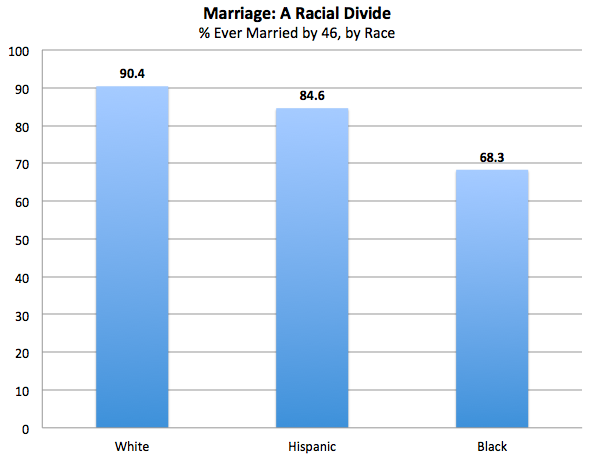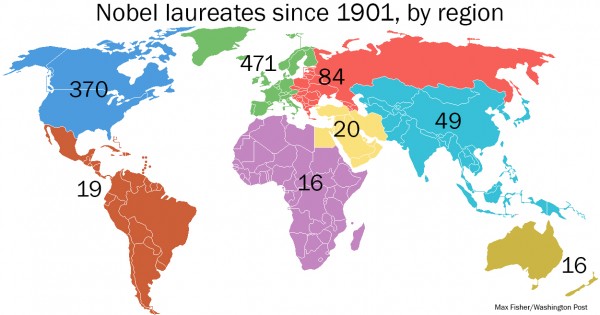Economist Steve Horwitz has a great post at Bleeding-Heart Libertarians on statistician Hans Rosling’s (if you haven’t seen his site Gapminder, you should) TED talk “The Magic Washing Machine.” Horwitz says, “A number of my male libertarian economist friends have, independently, told me that there is a video that brings them to tears when they watch it, and especially when they show it to student groups. I have had that reaction to the video as well…Yes, those heartless libertarian male economists report getting choked up and teary-eyed when they show this video to students.” These “9 minutes, and especially the last 90 seconds or so,” had me in tears as well.
I cried over a washing machine.
Why is this? Horwitz captures it beautifully:
What gets me about that video is the way Rosling captures an abstract intellectual argument about the power of markets and industrialization to improve people’s lives. He uses a very concrete, emotionally rich example that combines our wanting to root for an underdog with a clear example of how markets have liberated both immigrants and women to live more flourishing lives. We talk a lot about GDP per capita and human capital accumulation and women’s labor force participation rates. But it is the idea that industrialization and capitalism made it possible for women to be freed from drudgery and to have the time to read and learn a new language and everything else that has characterized the dramatic improvement in women’s lives in the last century or more that really matters. Critics of markets sometimes say “you can’t eat GDP.” What they miss is that you can’t eat, or learn to read, or go to school, or leave a bad marriage, or do pretty much any of the basics that we might see as required for a flourishing life without the wealth and time created by the market economy.






